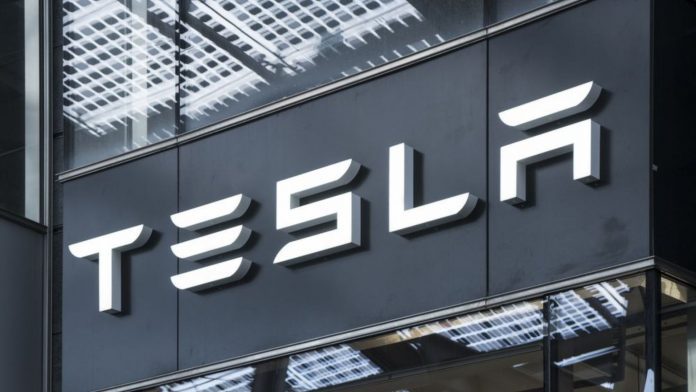Tesla is producing vehicles at an all-time rate. The EV manufacturer is starting to cling to its inventory despite its excellent delivery rates. Considering the Model 3 and Y, Tesla has kept a few cars throughout previous years. However, distribution facilities now have access to a large number of submissions.
The Austin-based automaker has recently used several incentives and discounts to get buyers behind the wheel to keep these vehicles moving. Tesla has been offering up to $7,500 off MSRP for the more expensive Model S and X vehicles, depending on the configuration. Additionally, Model S sedans and Model X crossovers are available in certain places for as little as $82,000 and $92,000.
Also on sale were Model 3s. Inventory models are available at delivery points for as little as $37,490. However, price reductions are not the company’s only motivators. Tesla has launched a new financing option with cheaper monthly rates to attract more potential buyers to the brand.
The new financing term for Tesla is 84 months. Customers can now borrow money for a Tesla over seven years. APRs of about 6.39% will also be offered to buyers along with the longer term. The Tesla website warns that “Your payments and rates may be higher,” thus the 6.39% is probably only available to highly qualified buyers. In light of this revelation, buyers may notice rates higher than the already high 6.39% figure.
Given the anticipated interest rate, financing a Tesla for this prolonged term may not be wise financially. An ideal illustration of how the loan computation works is the well-known $50,490 Model Y Dual Motor AWD.
For instance, the financed amount will be $47,380 if a purchaser makes the required $4,500 down payment. The monthly loan payment at 6.39% APR will be $703 without considering potential incentives. The owner will have paid $59,052 in 84 monthly payments. The overall cost of the car is an incredible $63,552. This is a drawback of extended, high-interest auto loans. But it does help automakers because it lowers the consumer’s monthly payment. Long-term loans are costly because they have high-interest rates and a risk of default.




